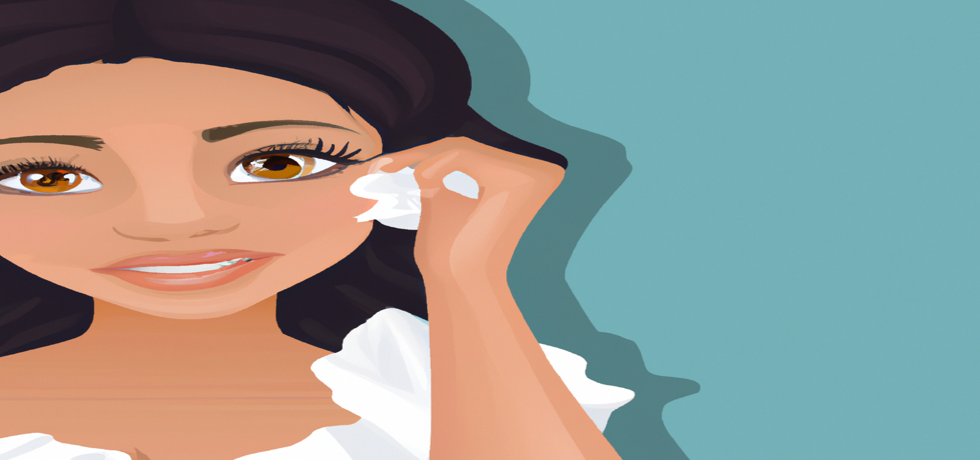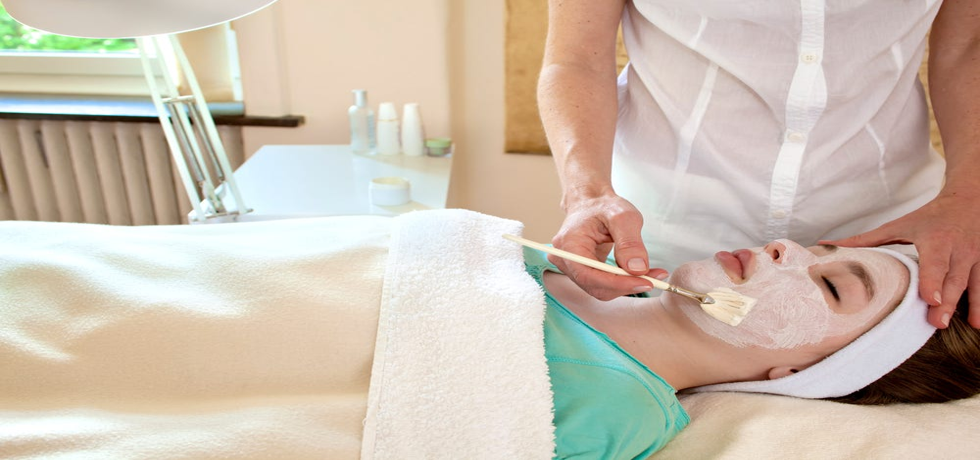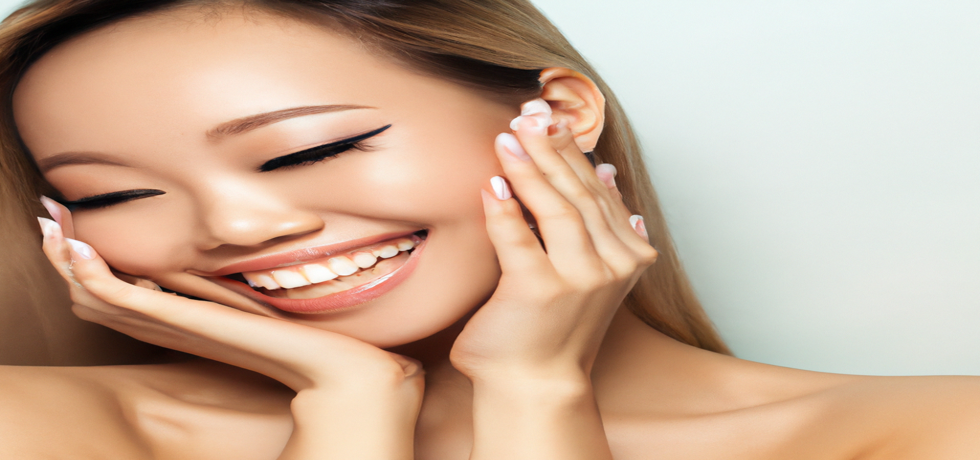
Avoid These Common Hair-Care Blunders
Your Guide to Healthier, Shinier Hair
Overuse of Hot Styling Tools
In our pursuit of silky hair, many of us tend to reach for styling tools such as hair dryers, flat irons, and curling irons much too often. While these tools can help us achieve stunning hairstyles, their frequent use can lead to significant heat damage. If you must use heat, be sure to apply a protective product like The Skin Artistrys Hair Strengthening Serum, which is designed to protect your hair while promoting stronger hair growth.
Washing Hair Every Day
It might be tempting to wash your hair daily, especially in a humid climate, but this can strip away natural oils, leaving your hair dry and brittle. Instead, consider washing your hair every other day and opt for a mild shampoo. The Skin Artistrys Nourishing Shampoo, enriched with natural ingredients, gently cleanses while maintaining your hair’s moisture balance.
Neglecting Regular Hair Trims
Skipping hair trims is a significant mistake that many make, believing it will help them grow their hair longer. However, regular trims help keep your hair looking healthy and prevent split ends from getting worse. A visit to your stylist every 6 to 8 weeks can keep your hair in fabulous shape.
Rough Drying Techniques
After a refreshing wash, many tend to vigorously rub their hair with a towel. This can damage hair cuticles and lead to breakage. Instead, gently pat your hair dry with a soft towel and let it air dry for the sake of healthier hair. While it may take a little longer, your hair will thank you in the long run.
Over-Brushing Your Hair
The belief that you should brush your hair a hundred times a night is outdated. Over-brushing can lead to breakage and split ends, particularly if you don’t use the right kind of brush for your hair type. Brush only as needed and invest in a good quality brush designed for your specific hair texture.
Brushing Wet Hair
One of the biggest hair-care mistakes is brushing your hair when it’s wet. Hair is most fragile when wet and can easily break if you use a traditional brush. Instead, use a wide-tooth comb to detangle gently, starting from the ends and working your way up. This approach minimizes damage and helps maintain your hair’s health.
Conclusion: Improve Your Hair-Care Routine
By avoiding these common hair-care blunders, you can significantly improve the health and appearance of your hair. Remember to invest in quality hair products, be gentle when styling, and offer your hair the love and care it deserves. With some mindful adjustments to your routine, you’ll be on your way to achieving the shiny, beautiful hair you’ve always desired.
FAQ
Q: How often should I wash my hair?
A: Ideally, every other day or as needed, depending on your hair type.
Q: Is it necessary to use heat protectants?
A: Yes, especially if you regularly use styling tools!
For professional assistance and expert advice from leading dermatologists like Dr. Hital Patel, experience the benefits of avoiding common hair-care blunders with Hair & Skin Specialist Dr. Hital Patel at [The Skin Artistry](https://theskinartistry.com/). Our clinics in PDPU Gandhinagar, Vastrapur Ahmedabad and Hyderabad (Visiting Consultant) offer top-quality care and personalized treatments. Visit us today to learn more about our services and take advantage of our special offers! For more insights, updates, or to collaborate, stay connected with [The Skin Artistry](https://theskinartistry.com/).










